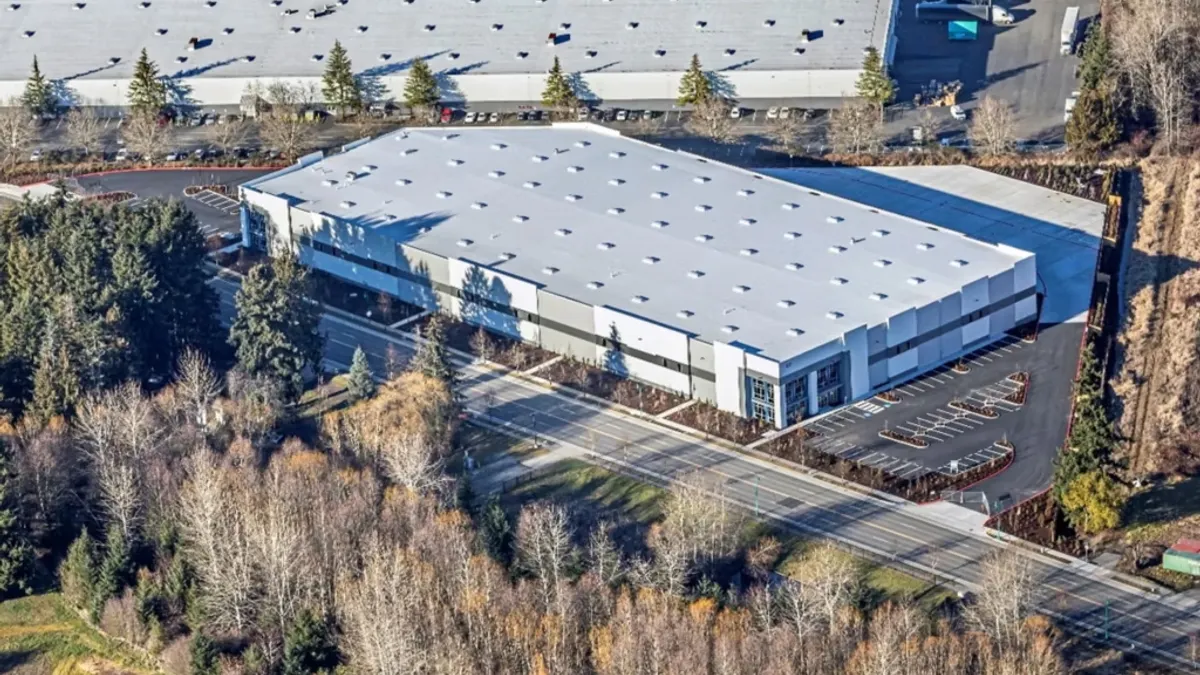Working capital is a powerful driver that enables businesses to be agile, improve customer service and expand their market share through new investments. But with relatively low inflation and interest rates over the past few decades, many manufacturers and suppliers have taken for granted that cash isn’t always easy to come by.
Experts believe lax management of working capital could change should the United States enter a period of higher inflation and higher borrowing rates. The Federal Reserve has already raised interest rates four times in the past year and expects "further gradual" rate increases in the coming years. While few expect any sudden shocks to the system, the slow belt tightening may entice many stakeholders in the supply chain to take a closer look at how they manage their cash.
Rising inflation and interest rates to put a spotlight on working capital
Aside from annual fluctuations, inflation has remained relatively stable since 1983 and has not exceeded 2.7% since 2000. The Federal Funds rate has also remained below 6.5% since 1991 and has remained near 0% or at historical lows since 2008.
These decades of low inflation and low interest rates haven’t put much pressure on organizations to tightly manage their working capital, Jim Barnes, managing director at the Institute for Supply Management, told Supply Chain Dive.
"But there are cycles. We’re at a low and may be going up in the long run for a few decades here. CFOs and supply chain experts are going to be very concerned with maximizing the efficient use of cash, because it’s going to cost more to borrow it," Barnes said.
There’s already inflation on the commodity side of the business and interest rates are starting to rise, he said. Many manufacturers, including Whirlpool, Caterpillar and Procter & Gamble, have noted in recent calls that higher commodity costs are impacting earnings, CNBC reports. And while no one expects 80s-level rates anytime soon, there is little doubt that interest rates are on the rise.
"As inflation rises, it not only impacts [commodity prices]; there’s a direct link to interest rates, and the ability for suppliers to get financing to continue their business becomes a little more difficult," Barnes said.
"There’s a big opportunity for us in North America to become more technologically up to date in terms of how payments are made."

Bob Stark
Vice President of Strategy, Kyriba
Suppliers can expect borrowing costs to slowly rise in the coming years, which in turn will grow their need for cash to avoid passing costs on to customers. The impacts could eventually touch the entire supply chain and impact everyone from retailers to airplane manufacturers, said Bob Stark, vice president of strategy for Kyriba, a financial software provider.
"The CFO is going to always want to ensure their cash flow is consistent, their net income is consistent or improving so they can meet strategic expectations," Stark told Supply Chain Dive.
Organizations that pay their suppliers too quickly and hold too much inventory may be leaving too much cash tied up and creating liquidity problems. But the true costs exceed that, as they won’t have the capital to reinvest in their operations and may lose opportunities for expansion and acquisition. "The cost of working capital isn’t just borrowing. It’s the opportunity cost to invest in areas of your business that can grow at double-digit rates," Barnes said.
A recent report by PwC found there’s often a direct correlation between better working capital management and higher returns on investments. Better management of working capital is a key lever that manufacturers can use to free up cash for investment and to improve returns, said Daniel Windaus, Working Capital Partner at PwC UK.
Best practices and actionable insight
One of the first starting points to improve working capital is to ensure it is being measured adequately, Barnes said. The main measurement metrics include days sales outstanding (DSO), days inventory outstanding (DIO) and days of payable outstanding (DPO). Organizations typically want to lower their DSO and DIO and a raise their DPO.
Another effort is to engage in better receivables management by reducing discrepancies on invoices and improving the speed at which they address big dollar collections. On the payables side, organizations should extend payment terms as long as possible then execute payments at the last minute. On the supply side, manufacturers can ask suppliers to hold inventory until the last minute.
"These kinds of practices have been relatively lax over the past 20 years or so. I think there’s an opportunity for companies to improve on their discipline on managing working capital in a way that can benefit performance," Barnes said.
"CFOs and supply chain experts are going to be very concerned with maximizing the efficient use of cash, because it’s going to cost more to borrow it."

Jim Barnes
Managing Director, Institute for Supply Management
Many large companies have been extending their time to pay suppliers. A study by The Hackett Group found the 1,000 largest public companies in the U.S. increased payment delays to 56.7 days last year, up from 53.3 in 2016.
Stanley Black & Decker has slowly increased its payment period over the years to invest more cash in operations, Stark said. In 2017, the company paid outstanding bills after 83 days, on average. Employing this strategy since 2005 has unlocked nearly $500 million in working capital that has enabled it to fund acquisitions that may have otherwise not been possible. One thing suppliers do to entice faster payment from large companies is to offer a discount for shorter terms.
Another way to improve working capital is to simply ensure there’s an infrastructure to make rapid payments. While Europe and much of the world uses digitized systems, more than half of companies in the U.S. still rely on paper checks, Starks said. Digital payments can dramatically influence working capital on both sides by eliminating wait periods that can extend to several days.
"There’s a big opportunity for us in North America to become more technologically up to date in terms of how payments are made," Stark said.




















